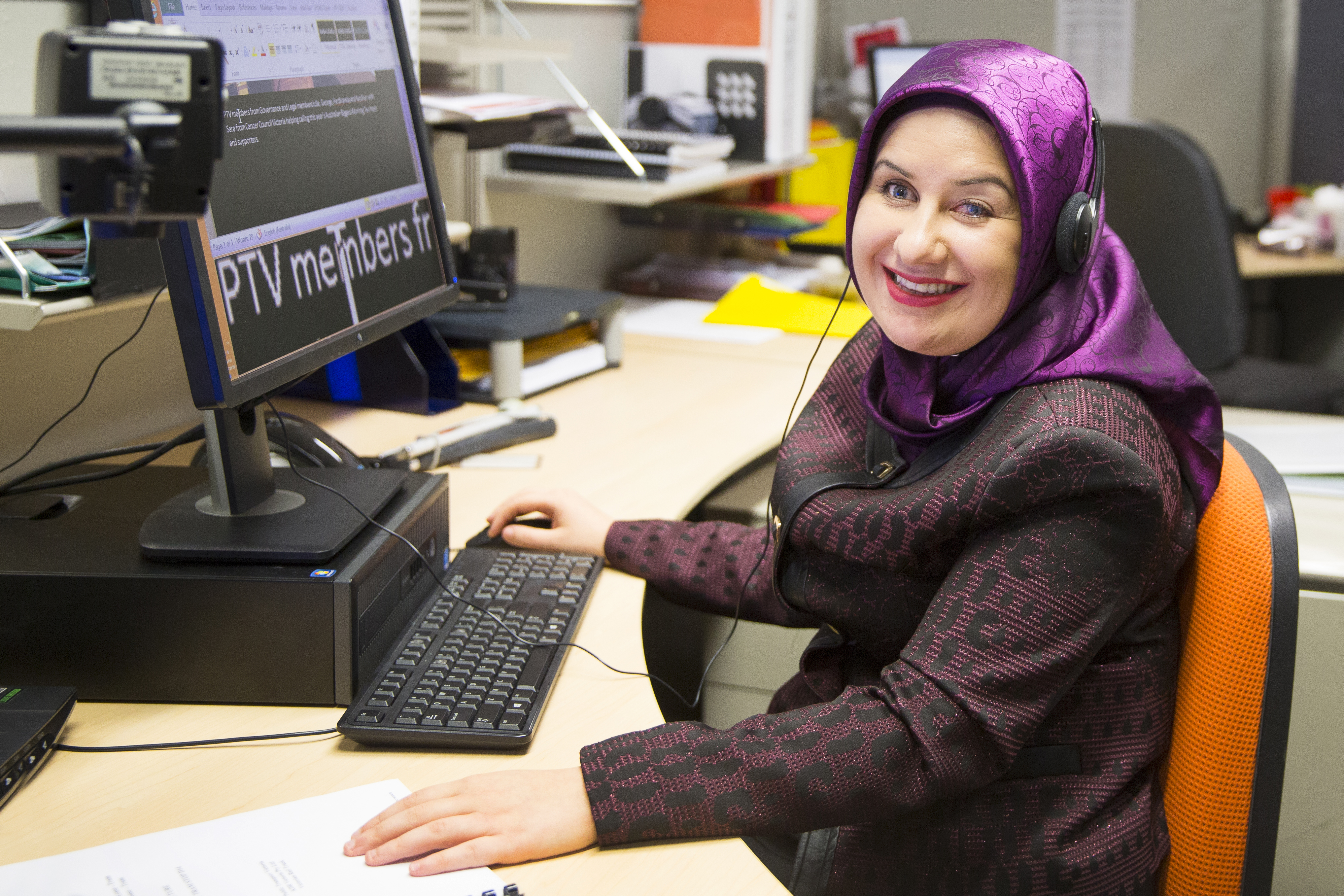Sandra Budd, Ron Hooton and John M. Rafferty
Imagine going to an interview for your dream job. They've already screened you by phone, and said it sounds like you'd be a great fit. You nail the interview, answering each question perfectly – more and more confident you have what it takes.
As you leave, with your white cane tapping in front of you, you're thinking, "I'm a shoo-in!"
But you never hear from the company again.
For people who are blind or partially sighted, this scenario happens all too often. Potential employers often overlook the opportunity to hire skilled talent, simply because of their sight loss.
Recently, Canada's CNIB Foundation, Vision Australia, and the Blind Foundation of New Zealand surveyed people who are blind or partially sighted about their employment experiences. The stark results showed people with sight loss were significantly less likely to have full-time employment than their sighted counterparts.
Australia had the lowest full-time employment rate for people with sight loss at only 24 per cent, followed by Canada at 28 per cent and New Zealand at 32 per cent. The full-time employment rate among the general public in all three countries is nearly double that.
Quite simply, we need to do better.
We believe all people, regardless of ability, should have access to quality full-time employment opportunities that provide personal and financial independence, and a sense of identity and pride.

But for this to happen, major shifts in practice and policy are needed. Employers, businesses and government must play their parts in promoting workplace inclusion.
The conversation starts with education, the first stage of the long journey to prepare for employment. When someone with sight loss completes high school or a post-secondary program, it strongly influences their likelihood of securing full-time employment.
For this reason, blind and partially sighted children must have the vision-specific educational support and rehabilitation services they need to successfully complete school, and thrive in life.
We also need buy in from employers and business to make a concerted effort to make their workplaces accessible and inclusive to people with sight loss.
This goes beyond the physical and technological dimensions of accessibility, which are not as complex or costly as many imagine. Employers need to check their assumptions and misconceptions about the abilities of candidates with sight loss, and recognise the valuable contributions they can make.
In the next 12 months, how about setting a goal to hire someone who is blind or has low vision at your organisation? At the same time, check in with your head of IT or procurement to confirm your systems are accessible to everyone.
Lastly, we need buy in from governments to move the needle through policy and legislation. National accessibility legislation and related program funding is needed to effectively create, motivate and support accessibility and inclusion in the workplace.
In Canada, Australia and New Zealand, people who are blind or partially sighted are ready to come to work. It's time to open our eyes, and our doors, to this talent pool.
Sandra Budd is the chief executive of the Blind Foundation of New Zealand. Ron Hooton is the chief executive officer of Vision Australia. John M. Rafferty is the president and CEO of CNIB.










